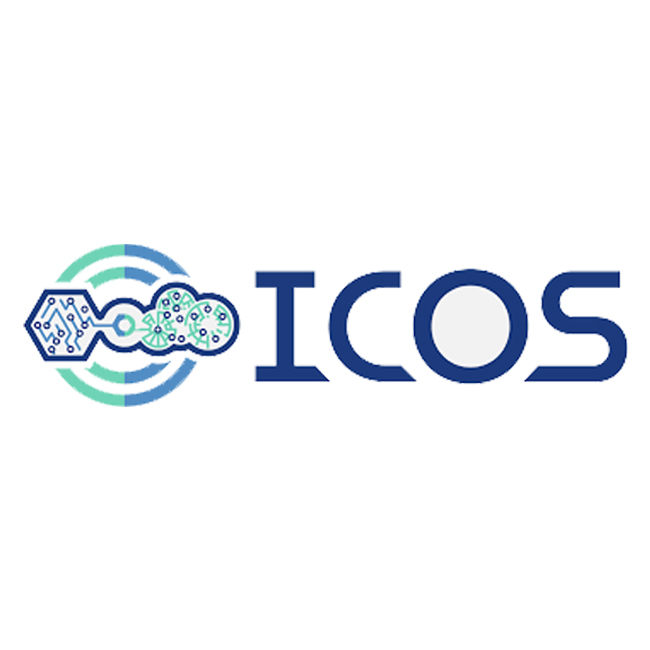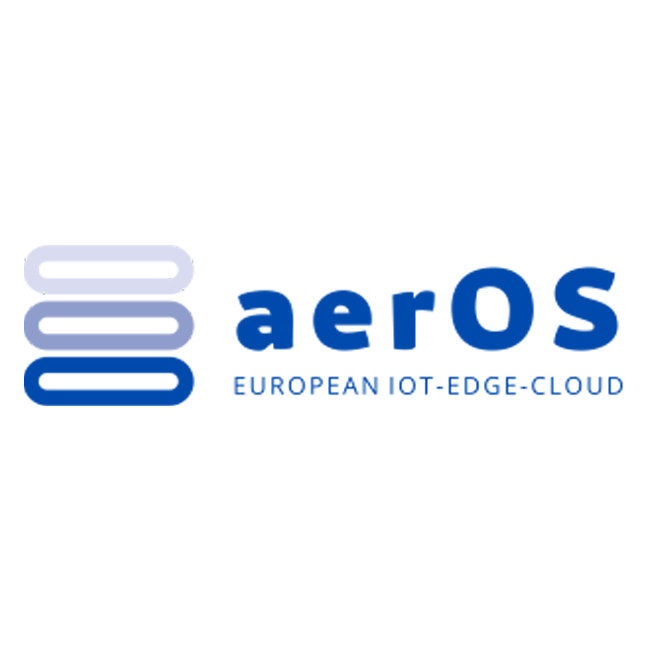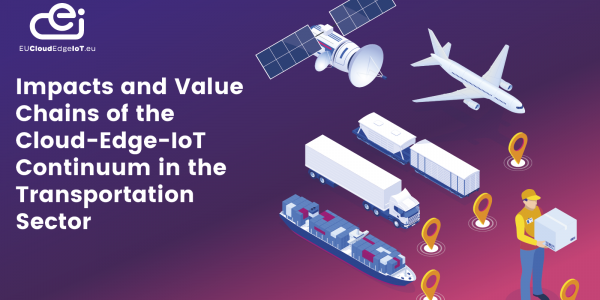The European transportation industry has been under pressure in recent years by a variety of factors, including energy supply disruption, energy price spikes, and shifting supply chains and global trade patterns. Moreover, the COVID-19 pandemic response imposed rapidly changing border controls and safety challenges. The transport industry needs to utilise available technologies, including CEI, to ensure its resilience, efficiency and safety while it delivers rising volumes of people, products and supplies at higher speed with reduced emissions.
The following “Industry Spotlight Use Cases” sections are curated based on comprehensive surveys conducted by IDC in 2023, targeting market and industry professionals across Europe. The examples accompanying each spotlight use case category are derived from use cases executed by the Research and Innovation Action teams within the EUCloudEdgeIoT community. As research progresses, we will continue to update this information to reflect the latest findings and developments.
Spotlight use case categories

Fleet Tracking and Freight Monitoring
Fleet tracking enables organisations to track the location and conditions of their vehicles so that they can optimise routes for greater efficiency; ensure driver safety, alertness, and compliance with regulations; monitor driving behaviour; and monitor vehicle conditions, such as engine performance or tire pressure, to ensure optimal efficiency and to schedule maintenance to reduce downtime and costs. They can also monitor freight conditions, such as cold-chain monitoring, to ensure the safety and quality of the delivered goods. Freight monitoring systems enable transportation companies to optimise the shipping process, monitor shipping conditions, and track location across various containers and vehicles on road, rail or sea. These systems reduce losses, provide greater visibility and predictability into supply chains, and allow customers to track deliveries. Fleet management was the second most common use case, with 53% of respondents currently using it and 11% more planning to do so. It also can include features for safety monitoring, which was the most common use case reported in the survey, used by 61% of transportation respondents, with another 7% planning to add it. Freight monitoring is also widely used, with 48% of industry respondents currently using it and another 18% planning to do so. These use cases directly enable and optimise the most fundamental function of this industry. They are crucial for controlling emissions and increasing efficiency across the European economy. They are also widely used in other industries, such as wholesale and retail, construction, manufacturing, public sector emergency vehicles, and field service fleets in utilities and other industries. Fleet management typically relies on sensors placed on vehicles that connect to edge gateways onboard the vehicles and then over cellular networks to cloud-based applications for analytics and management. In the survey, transport companies were asked where they expect to run the computing workloads for this case, on a scale of 1 (entirely at the edge) to 5 (entirely in the cloud), and the average response was 3.82, indicating significant use of both cloud and edge, but more usage expected in the cloud. Freight monitoring systems can leverage vehicle tracking data, freight tracking data from Bluetooth beacons or other devices, as well as data from points across the supply chain and logistics network, such as RFID readers used to scan items, pallets and containers as they are loaded, unloaded and transferred throughout the network. These systems utilise a variety of sensors and gateways to collect data and forward it to central systems in the cloud or data centres for analysis, management and integration with other enterprise systems.
Sub-category use-cases
- Track the location and conditions of vehicles
- Optimise routes for delivery to warehouses, customers or automated delivery lockers
- Ensure driver safety, alertness, and compliance with regulations
- Monitor driving behaviour
- Monitor vehicle conditions, such as engine performance or tire pressure
- Ensure optimal vehicle efficiency
- Schedule maintenance
- Track and reduce carbon emissions
- Monitor freight conditions, such as cold-chain monitoring
- Reduce losses, provide greater visibility and predictability into supply chains
- Allow customers to track deliveries
Projects use-cases
Transportation and Logistics: Supply of Fresh Food to a City
Concept:
Mercabarna a 24/7 fresh food supply hub, houses 600 companies specializing in distribution, preparation, and import/export of fresh and frozen goods. Using AI algorithms to track vehicles from CCTV cameras, this pilot aims to provide facility managers with a tool for real-time traffic tracking and simulating policies to alleviate road congestion. The pilot will be demonstrated through a digital twin approach, which will enable efficient and decentralized management.
Benefits:
- Real-Time Monitoring – integration of IoT/sensors and edge processing allows constant monitoring of delivery routes using real-time data.
- Optimized Route Planning through Cloud – Utilizing cloud-based computing, the system plans optimal delivery routes by considering different factors
- Enhanced Data Analysis an efficient use of the resources and the infrastructure.

Autonomous Vehicles and Infrastructure
Automotive manufacturers are adding electronic driver-aids to passenger, commercial and public transportation vehicles on a path toward fully autonomous operation. Using a range of sensors, vehicles can operate autonomously, communicate with nearby vehicles, and share data to and from infrastructure to enable new safety features and traffic management. Some features may include platooning of vehicles for greater efficiency, instant notifications of safety concerns via radio before they can be observed through the line of site, and communication with other vehicles to enable safe merging and overtaking. Ultimately, autonomous vehicles can reduce labour costs in freight and passenger transport, increase safety, reduce emissions, and improve customer experience. This use case is included because it is a key part of the vision for future transportation systems. It is not yet widely available in fully autonomous form, but many survey respondents (43% of those in transportation) indicated they use or have projects using some form of vehicle autonomy. Additionally, this use case differs dramatically from the others included in this industry. While fleet tracking and freight monitoring are accessible with existing technology, autonomous vehicles and infrastructure are areas in which large amounts of investments are underway, aiming to bring about a self-driving future in the coming years. Autonomous vehicles and infrastructure require many sensors (cameras and sometimes lidar) on the vehicles and roadside. These sensors produce data that is processed locally in real-time with powerful processors. Gateways also communicate with other vehicles and roadside infrastructure using 5G or other technologies to collect additional data for the vehicle's analysis. They communicate extensively with cloud-based systems for sharing navigational data and receiving data from the manufacturer, from nearby vehicles and infrastructure, and from the operator of the vehicle.
Sub-category use-cases
- Autonomous vehicles
- Electrification of vehicles
- EV chargers
- Autonomous public transport vehicles
- Automated public transport and railway operations
- Railway management systems
- Highway management systems
- Surveillance cameras with AI-based imagery analysis; vehicle platooning
- Vehicle-to-vehicle communications
- Vehicle-to-infrastructure communications
- Vehicle routing
Projects use-cases
Railway Structural Alert Monitoring System (RSAM)
Concept:
The main challenge to be addressed by the use case is related to the continuous monitoring of critical infrastructure on rail tracks to ensure safety and improve maintenance activities.
The railway line along an area select for the use case is where communications are limited in availability and bandwidth. META OS will make it possible to benefit from processing at the edge while sharing limited amounts of extremely relevant information to the upper layers of other applications.
Benefits:
Time saving through continuous monitoring by limiting intensive personnel inspections that are done every day before trains circulations.
Cost savings by implementing corrective actions in advance to avoid reparation costs.
Improves safety by establishing velocity limits to avoid risky situations with quality of the operation decrease.
Smart City: Computer Vision for City Maintenance
Concept:
The use case involves leveraging IoT for real-time data collection in cities to understand changing demand patterns. With a focus on smart-city maintenance, the pilot will validate 5G technology, integrating IoT sensors for data collection and edge processing. This enables real-time analysis and actionable insights directly from edge devices. Specifically, the use case applies computer vision to detect damage in buildings and infrastructure.
Benefits:
By pairing the NebulOuS platform with Computer Vision technologies, algorithms can be deployed on multiple levels to give connectivity, edge analytics, and interoperability to the cities, making it easier to evolve.

Port and Warehouse Automation
Ports and logistics hubs feature many moving elements, including cranes, ships, trains, trucks, forklifts, item pickers, sorters, inspectors and workers. They also feature many third parties entering and leaving. All of these movements must be carefully managed and coordinated. IoT systems, such as sensors and cameras, can monitor and track assets, freight and people to aid management of port operations. AGVs, drones and other assets may be automated and integrated to further improve port operations. This automation enables increased safety and security, greater efficiency, reduced losses and theft, and improved visibility on port operations. This use case was selected in part because it contrasts with the other use cases selected. While fleet management, freight monitoring and autonomous vehicles are relatively narrow use cases, port and warehouse automation is quite broad. It synthesizes many other use cases (security systems, fleet management, autonomous vehicles and machines, safety monitoring, freight monitoring, access control, inspections, and many others) into one large automated system of systems. Warehouse automation can be a simplified version of the much larger port automation, and as such it be deployed more quickly. Port automation will be a process of gradual implementation and integration of various use cases, technologies and features over many years. To automate and manage so much activity, this use case will utilise a wide range of technologies. Many cameras and various types of sensors will be deployed throughout the facilities, linked to gateways, and then onwards with private 5G networks to the applications and control centres based on heavy edge and cloud-based computing systems.
Sub-category use-cases
- Fleet management
- Freight monitoring; automated cranes
- Automated guided vehicles (such as forklifts)
- Automated loading and unloading
- Item pickers and sorters
- Asset tracking
- Condition monitoring
- Predictive maintenance
- Vehicle scheduling and routing
- Drone-based imaging and surveillance
- Physical security systems
- Entry-control systems for people and vehicles
- Safety monitoring systems
- Inspections management
- AR/VR systems for inspection and maintenance
- and many others
Projects use-cases
Smart Edge Services for the Port Continuum
Concept:
EGCTL’s cargo operations rely on PLC-controlled cranes, providing accurate crane status representation. However, a gap exists between on-site precision and cloud-based analytics, impacting real-time observability and causing latency issues, constraining terminal efficiency and risk mitigation. aerOS continuum will allow to smartly cover this gap by introducing distributed AI making use of heterogeneous computing elements.
Benefits:
With aerOS, an on-the-fly, real-time integration between the HW of the cranes and the overall controlling software will be achieved. By integrating aerOS in the edge nodes, the data will be processed at the precise location, in time and keeping better privacy, creating federation strategies that will redound on finer identification of patterns for improved and container defects recognition. It is expected to reduce idle times of machinery, minimise malfunctions and be less dependent on manual reporting of damaged containers.
Smart Port
Concept:
By utilizing Virtual Object and Virtual Object Stack concept, data collected from multiple sensors in the field and video cameras are first (pre)processed in IoT gateway (far-edge), then combined with business process related data originating from Port Information system and processed in the edge, while certain specific tasks are delegated for the processing in the cloud, thus relying end-to-end onto the IoT-Cloud-Edge Continuum approach. Optimizing process of routing containers also include machine-learning algorithms for problem-solving and risk avoidance deployed at different components of IoT-Cloud-Edge Continuum.
Benefits:
Increase in system flexibility, stability, and portability will be achieved through IoT-Cloud-Edge Continuum harmonisation. Port stakeholders resource optimisation due to the containers routing process optimisation through decentralised predictive decision-making bringing also increased coordination capabilities with different external networks (road, railway), reduced greenhouse gas emissions, security compliance and upgraded service level agreements.





